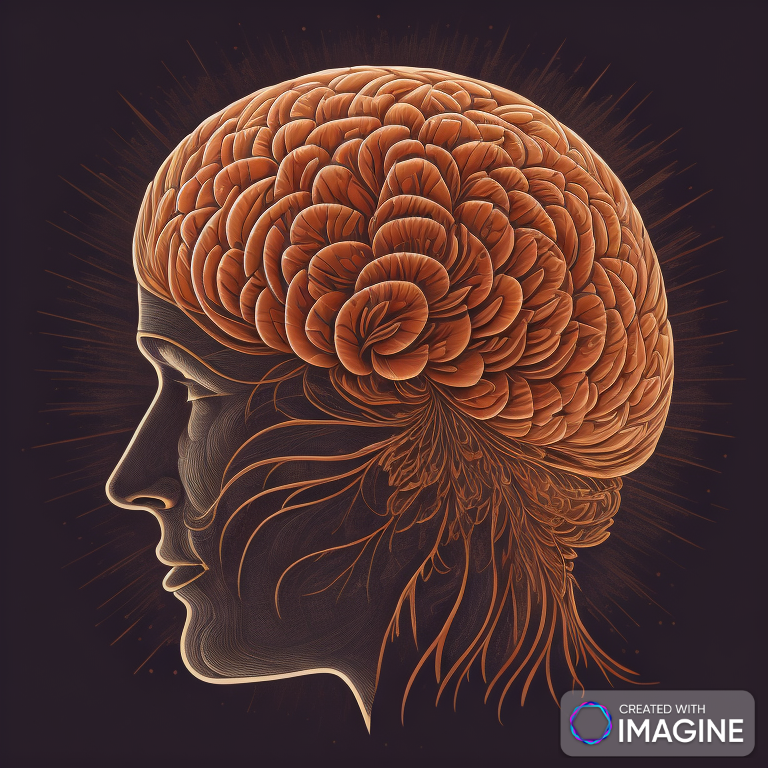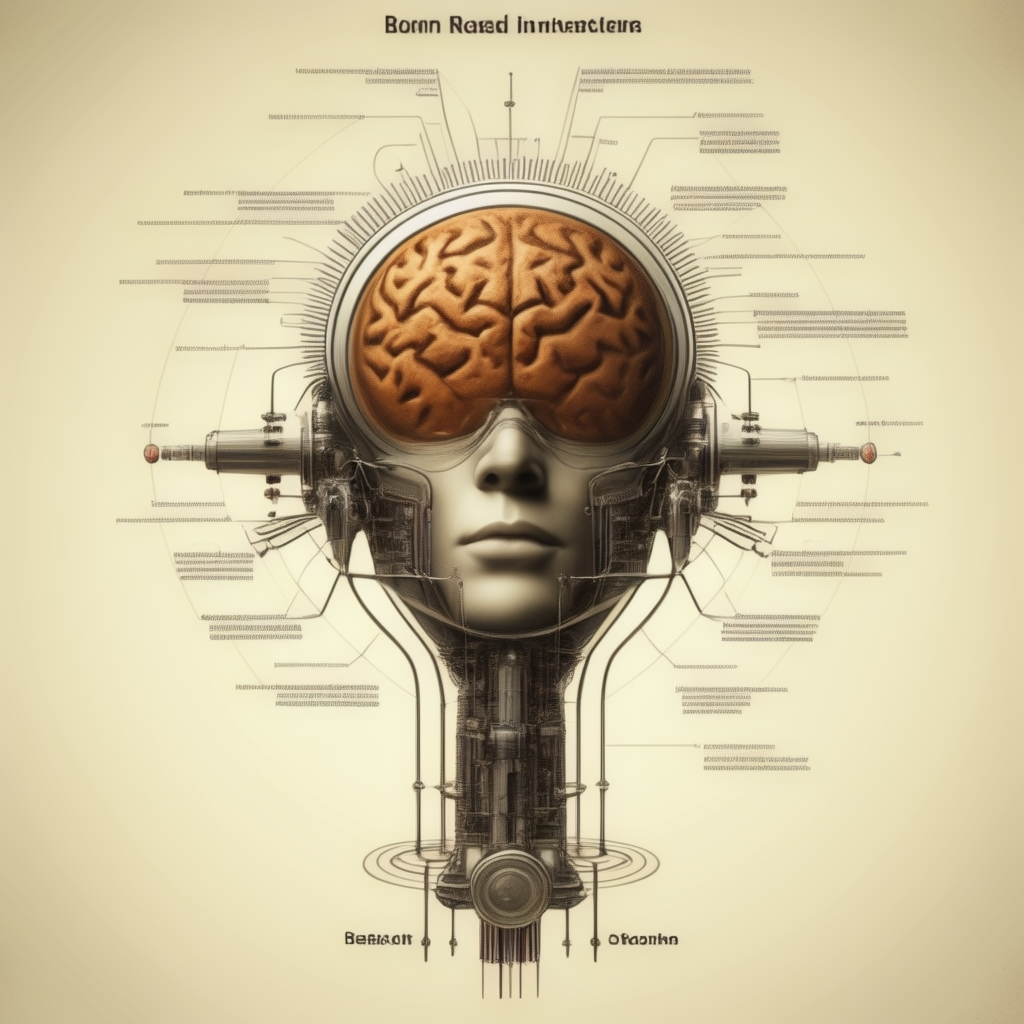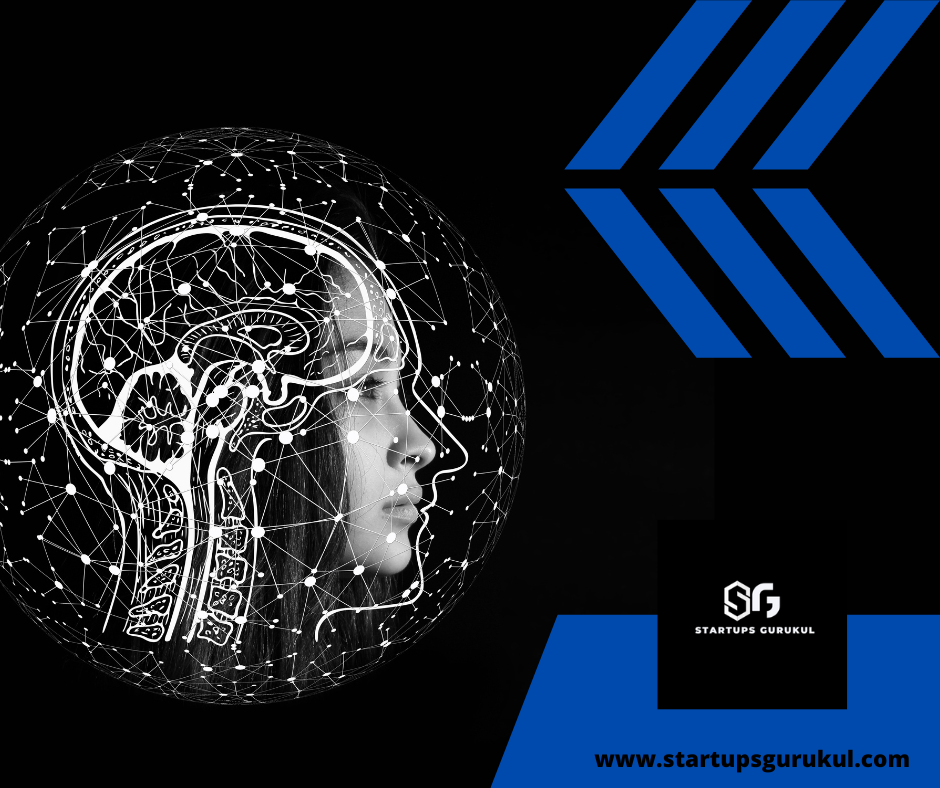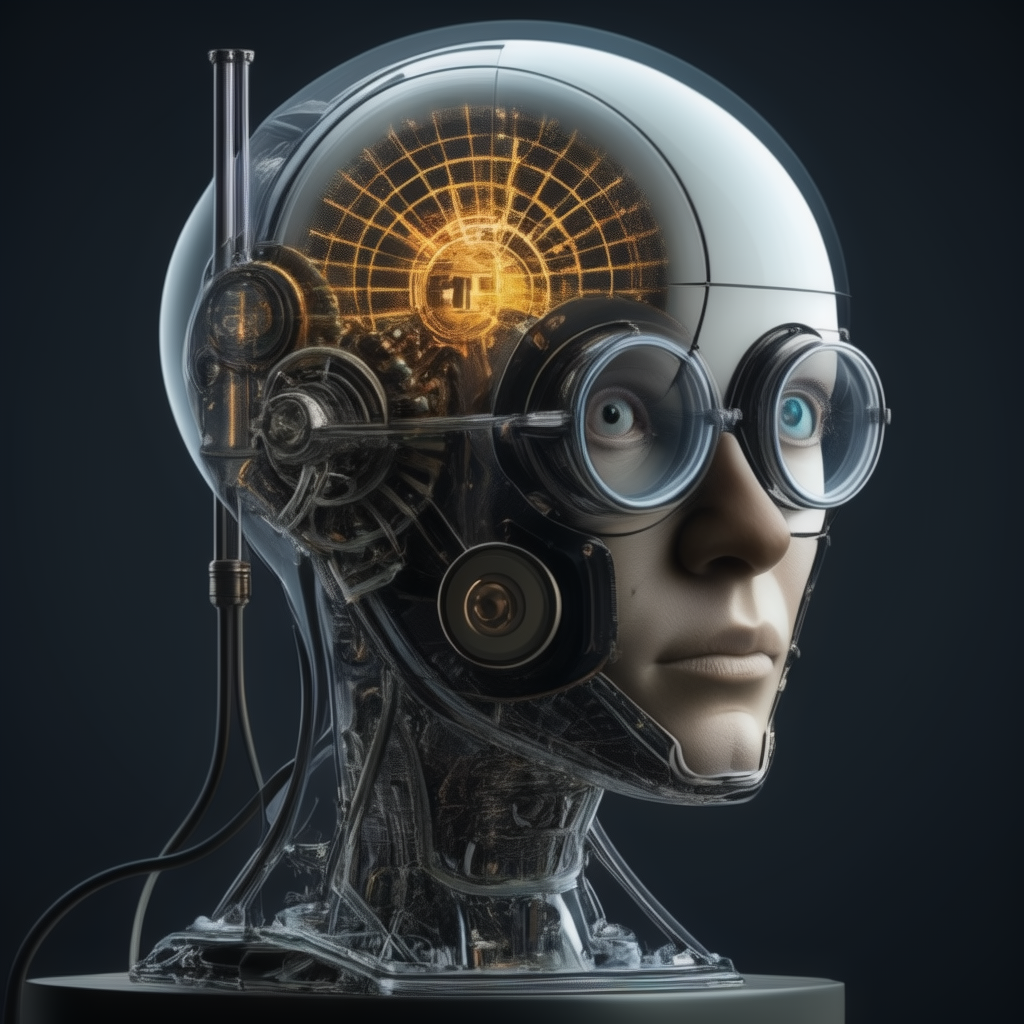Introduction: The nervous system, with its intricate network of neurons and synapses, is one of the most complex systems in the human body. Understanding its functioning requires sophisticated tools and approaches, and mathematical models have emerged as powerful tools for unraveling its mysteries. In this blog post, we’ll explore how mathematical modeling techniques are revolutionizing our understanding of the nervous system and shedding light on its dynamics and complexities.
- The Role of Mathematical Models in Neuroscience:
- Mathematical models are essential for describing the behavior of complex systems like the nervous system.
- They help neuroscientists simulate and predict various phenomena, from the propagation of electrical signals along neurons to the dynamics of neural networks.
- Modeling Neuronal Dynamics:
- Mathematical models are used to study the electrical activity of neurons and how they communicate with each other.
- Differential equations, such as the Hodgkin-Huxley model, describe the membrane potential changes in neurons during action potentials.
- Network Dynamics and Connectivity:
- Mathematical models help in understanding how neurons form networks and how information is processed and transmitted within these networks.
- Graph theory and network models are used to analyze the connectivity patterns of neurons and study phenomena like synchronization and oscillations.
- Computational Neuroscience:
- Computational models of the nervous system integrate mathematical models with computational techniques to simulate complex brain functions.
- These models allow researchers to test hypotheses and explore the underlying mechanisms of neurological disorders.
- Applications in Brain Imaging and Analysis:
- Mathematical models play a crucial role in interpreting data from brain imaging techniques such as fMRI and EEG.
- They help in mapping brain activity patterns and identifying regions of interest associated with specific cognitive functions or neurological conditions.
- Advancements in Artificial Intelligence and Brain-Inspired Computing:
- Mathematical models inspired by the structure and function of the nervous system are driving innovations in artificial intelligence and brain-inspired computing.
- Neural network models, such as deep learning algorithms, mimic the interconnectedness of neurons to perform tasks like image recognition and natural language processing.
- Challenges and Future Directions:
- Despite significant advancements, modeling the nervous system remains challenging due to its complexity and nonlinear dynamics.
- Future research aims to develop more realistic and biologically accurate models that capture the full complexity of brain function.
- Spatiotemporal Dynamics:
- Mathematical models are crucial for studying the spatiotemporal dynamics of neural activity, including patterns of activation and synchronization across brain regions.
- Computational techniques, such as spatially extended models and phase plane analysis, help in understanding how neural activity evolves over both space and time.
- Plasticity and Learning:
- Mathematical models provide insights into synaptic plasticity, the ability of synapses to strengthen or weaken over time in response to activity.
- Hebbian learning rules and spike-timing-dependent plasticity (STDP) models describe how synaptic connections are modified during learning and memory formation.
- Biophysical Detail:
- Advanced mathematical models incorporate biophysical details of neurons and synapses, including ion channel kinetics, neurotransmitter release dynamics, and dendritic processing.
- These models allow for a more mechanistic understanding of neuronal function and provide insights into the underlying biophysical mechanisms.
- Multi-Scale Modeling:
- Multi-scale modeling approaches integrate mathematical models at different levels of biological organization, from ion channels to neuronal networks and brain regions.
- These models bridge the gap between microscale biophysics and macroscale brain function, enabling a comprehensive understanding of neural systems.
- Clinical Applications:
- Mathematical models have applications in clinical neuroscience, such as predicting the effects of pharmacological interventions on neuronal activity or optimizing deep brain stimulation parameters for treating neurological disorders.
- Patient-specific models based on neuroimaging data can help guide surgical planning and personalized treatment strategies for conditions like epilepsy and Parkinson’s disease.
- Validation and Experimentation:
- Mathematical models must be validated against experimental data to ensure their accuracy and relevance to real biological systems.
- Techniques such as parameter estimation and model comparison are used to refine and validate models based on experimental observations.
- Interdisciplinary Collaboration:
- Collaboration between mathematicians, physicists, biologists, and computer scientists is essential for developing and applying mathematical models in neuroscience.
- Interdisciplinary teams bring together diverse expertise to address complex questions and tackle challenges in understanding the brain.
- Ethical Considerations:
- As mathematical models become increasingly sophisticated and powerful, ethical considerations surrounding their use in neuroscience research become more important.
- Ensuring transparency, accountability, and responsible use of models is crucial to maintaining public trust and ethical standards in neuroscience research.
- By exploring these additional facets of mathematical modeling in neuroscience, we gain a deeper appreciation for its multifaceted role in advancing our understanding of the brain and its functions.
- Network Dynamics:
- Mathematical models are instrumental in studying the dynamics of neural networks, elucidating how large populations of interconnected neurons give rise to emergent behaviors.
- Network models capture phenomena such as synchronization, oscillations, and information processing dynamics, shedding light on brain functions like attention, perception, and cognition.
- Evolutionary Algorithms:
- Some mathematical approaches in neuroscience leverage evolutionary algorithms to simulate processes of natural selection and evolution within neural systems.
- These algorithms can be used to optimize neural network architectures, synaptic weights, and connectivity patterns, mimicking the evolutionary processes that shape biological brains.
- Computational Neuroscience Tools:
- Mathematical models serve as the foundation for various computational neuroscience tools and software packages used by researchers and practitioners.
- These tools enable simulations of neuronal activity, visualization of network dynamics, and analysis of complex data sets, facilitating both basic research and applied neuroscience applications.
- Biomimetic Engineering:
- Mathematical models inspired by the structure and function of the nervous system are driving innovations in biomimetic engineering and artificial intelligence.
- Researchers use principles from neuroscience to design neural-inspired algorithms, neuromorphic hardware, and brain-computer interfaces for applications ranging from robotics to cognitive computing.
- Neuroinformatics:
- Neuroinformatics combines mathematical modeling with informatics approaches to organize, analyze, and share neuroscience data and knowledge.
- Mathematical models play a crucial role in data-driven approaches to neuroscience research, enabling data integration, predictive modeling, and hypothesis testing across diverse datasets.
- Quantum Neural Networks:
- Emerging at the intersection of quantum computing and neuroscience, quantum neural networks employ quantum algorithms to model and simulate complex neural systems.
- These models harness the computational power of quantum mechanics to address challenging problems in neural computation, such as pattern recognition and optimization tasks.
- Brain-Inspired Computing:
- Mathematical models of neural processing inform the development of brain-inspired computing architectures, such as spiking neural networks and reservoir computing systems.
- These computing paradigms draw inspiration from the brain’s parallelism, plasticity, and fault tolerance to create more efficient and adaptable computational systems.
- Neural Control Interfaces:
- Mathematical models are used to design and optimize neural control interfaces that enable direct communication between the brain and external devices.
- These interfaces, such as brain-computer interfaces (BCIs) and neural prosthetics, hold promise for restoring motor function, enhancing communication, and treating neurological disorders.
- Dynamical Systems Theory:
- Dynamical systems theory provides a mathematical framework for understanding the behavior of complex systems, including neuronal dynamics and brain function.
- By applying principles of dynamical systems theory, researchers can analyze stability, bifurcations, and transitions in neural systems, elucidating their underlying dynamics and mechanisms.
- Computational Psychiatry:
- Mathematical models are increasingly used in computational psychiatry to understand the underlying mechanisms of psychiatric disorders and develop more effective treatments.
- These models integrate neurobiological, psychological, and behavioral data to simulate the dynamics of mental illnesses such as schizophrenia, depression, and anxiety disorders.
- Predictive Modeling:
- Mathematical models in neuroscience enable predictive modeling of brain function and behavior, allowing researchers to anticipate how changes in neural activity or connectivity may manifest in cognitive or perceptual outcomes.
- Predictive models help in forecasting brain responses to stimuli, decision-making processes, and even individual differences in behavior and cognition.
- Multiscale Modeling:
- Multiscale modeling approaches integrate mathematical models at different spatial and temporal scales, from single neurons to brain regions, to capture the complex interactions within the nervous system.
- These models bridge the gap between micro-level neuronal dynamics and macro-level brain function, providing insights into how emergent properties arise from the interactions between components at different scales.
- Computational Neuropsychology:
- Computational neuropsychology employs mathematical models to simulate cognitive processes and deficits observed in neurological patients, aiding in diagnosis and rehabilitation.
- These models help clinicians understand the underlying cognitive mechanisms of disorders such as traumatic brain injury, stroke, and dementia, guiding personalized treatment strategies.
- Computational Neuroethology:
- Mathematical modeling is applied in computational neuroethology to study the neural basis of animal behavior and its evolutionary underpinnings.
- By modeling the interactions between neural circuits and environmental stimuli, researchers can uncover the neural algorithms that govern behaviors such as foraging, navigation, and social interaction across species.
- Neuroeconomics:
- Neuroeconomic models use mathematical frameworks to investigate the neural mechanisms underlying decision-making and economic behavior.
- These models integrate principles from neuroscience, psychology, and economics to understand how neural processes influence choices, preferences, and economic outcomes in individuals and societies.
- Machine Learning and Deep Learning:
- Machine learning and deep learning techniques are increasingly applied in neuroscience to analyze large-scale neural data, extract patterns, and make predictions.
- These data-driven approaches complement traditional mathematical models by leveraging the computational power of artificial neural networks to uncover complex relationships within neural datasets.
- Virtual Brain Simulations:
- Virtual brain simulations employ mathematical models to simulate the dynamics of the entire brain, enabling researchers to explore the effects of interventions, diseases, and therapies in silico.
- These simulations integrate structural, functional, and connectivity data to create biologically realistic models of brain activity, offering insights into brain disorders and potential treatment strategies.
- Brain-Computer Interfaces (BCIs):
- Mathematical models are integral to the development of brain-computer interfaces, which allow direct communication between the brain and external devices.
- These models interpret neural signals recorded from the brain, enabling applications such as prosthetics control, assistive technology for individuals with disabilities, and neurofeedback training for cognitive enhancement.
- Brain-inspired Computing:
- Inspired by the principles of neural computation, mathematical models of brain function are guiding the design of neuromorphic hardware and algorithms for brain-inspired computing.
- These computational systems mimic the parallel processing, adaptability, and energy efficiency of the brain, leading to applications in artificial intelligence, robotics, and autonomous systems.
- Neuroinformatics:
- Neuroinformatics platforms utilize mathematical models to organize, analyze, and share large-scale neuroscience data, facilitating collaboration and discovery.
- These platforms integrate computational tools, databases, and algorithms to support data-driven research in areas such as brain mapping, connectomics, and neuroimaging analysis.
- Closed-Loop Brain Stimulation:
- Mathematical models play a crucial role in closed-loop brain stimulation techniques, where neural activity is monitored in real-time and used to adjust stimulation parameters dynamically.
- These models optimize the delivery of therapeutic interventions in conditions like epilepsy, Parkinson’s disease, and depression, by modulating neural circuits to restore normal function.
- Computational Neuroscience Education:
- Mathematics models serve as educational tools in computational neuroscience courses, providing students with hands-on experience in simulating and analyzing neural systems.
- These models help students understand fundamental concepts in neuroscience, computational methods, and quantitative reasoning, fostering interdisciplinary skills in future neuroscientists and researchers.
- Brain-inspired Art and Creativity:
- Artists and designers are exploring mathematics models of brain function to create interactive artworks and installations that engage with concepts of perception, cognition, and consciousness.
- These interdisciplinary collaborations between neuroscience and the arts promote public engagement with neuroscience research and inspire new ways of thinking about the brain and creativity.
- Neurofeedback Training and Brain Wellness:
- Mathematical models are utilized in neurofeedback training programs, where individuals learn to self-regulate their brain activity patterns for improved cognitive performance and emotional well-being.
- These models provide real-time feedback on brain activity, helping individuals develop self-awareness and self-regulation skills that can enhance attention, stress management, and overall brain health.
- Predictive Healthcare Analytics:
- Mathematical models of brain function are integrated into predictive analytics platforms for personalized healthcare, where they analyze brain imaging and physiological data to assess individual risk factors and treatment responses.
- These models enable early detection of neurological disorders, prediction of treatment outcomes, and optimization of therapeutic interventions tailored to each patient’s unique neurobiology.
Conclusion: Mathematical models are invaluable tools for unlocking the secrets of the nervous system and advancing our understanding of brain function. By combining mathematical rigor with computational techniques, researchers are making strides in neuroscience and paving the way for new discoveries and innovations in brain research.







